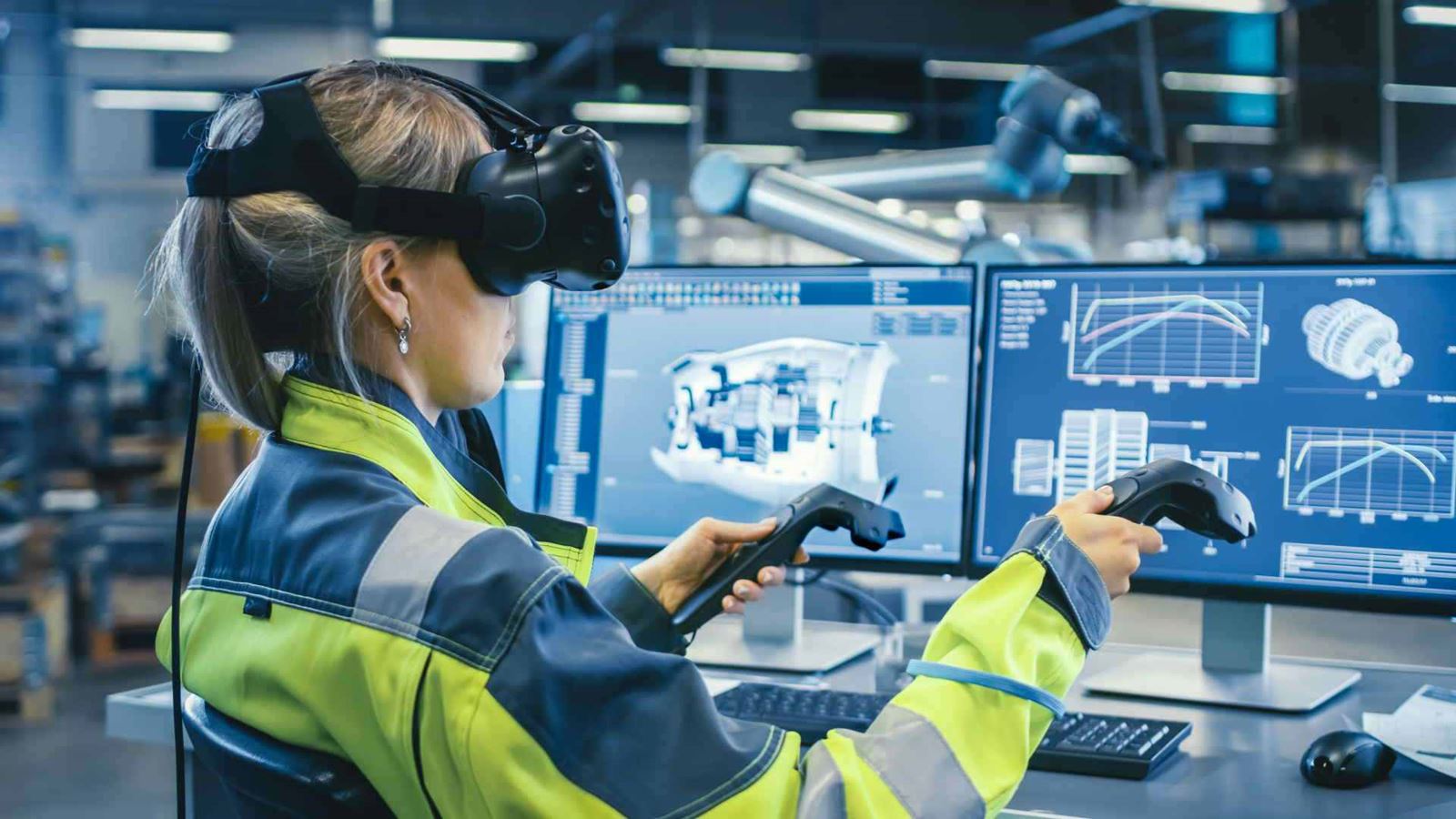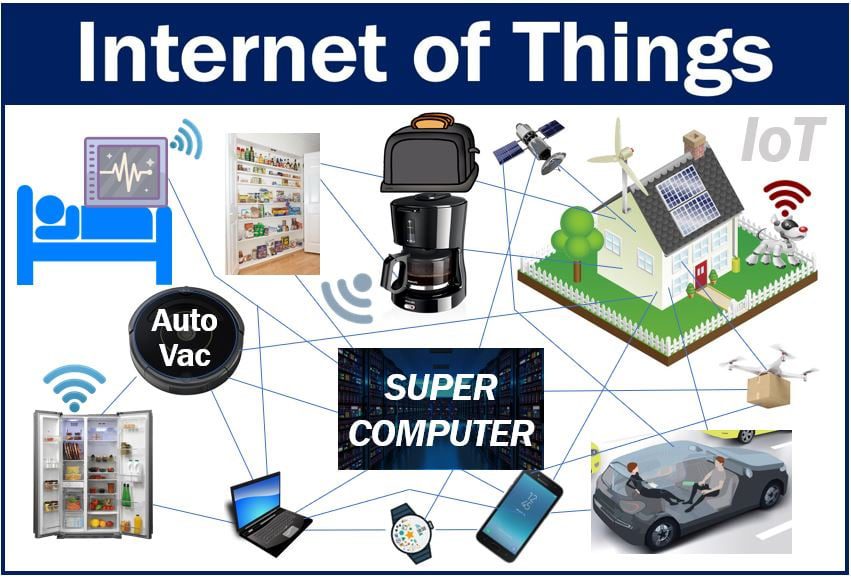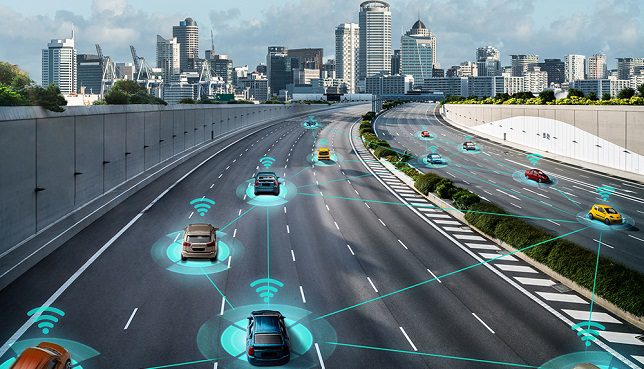One-stop PCB Manufacturing and PCB Assembly solutions Manufacturer
- Mon - Sat: 8.00 am - 7.00 pm
- sales@kkpcb.com
One-stop PCB Manufacturing and PCB Assembly solutions Manufacturer
Over 10 years we help companies reach their financial and branding goals. Engitech is a values-driven technology agency dedicated.
411 University St, Seattle, USA
engitech@oceanthemes.net
+1 -800-456-478-23

PCBs play a crucial role in the Internet of Things (IoT) industry, serving as the foundation for various connected devices and systems. Here’s a detailed look at their applications:


In summary, PCBs are the backbone of IoT devices across various industries, enabling connectivity, data processing, and communication. Their design and functionality are critical to the success and reliability of IoT applications, driving innovation and efficiency in numerous sectors.